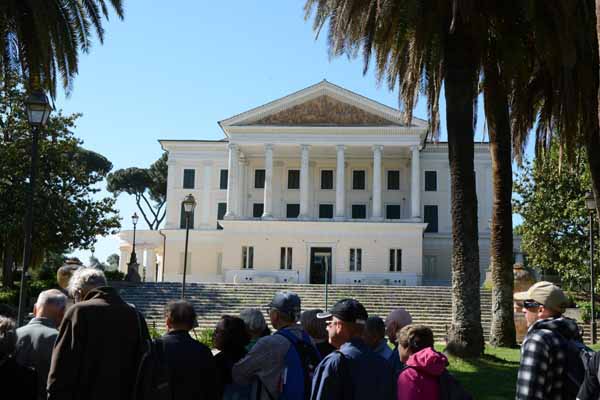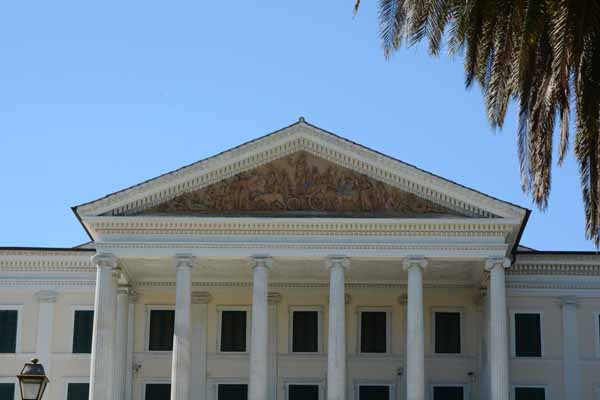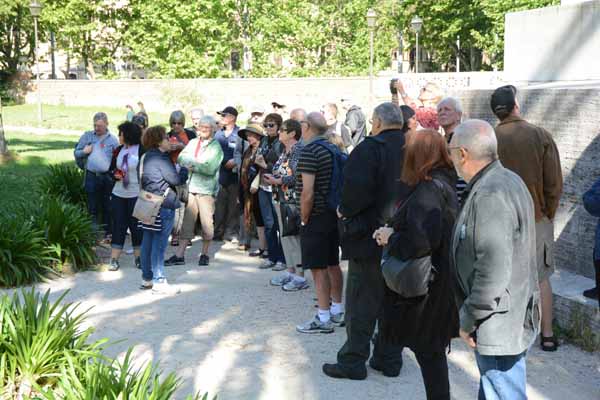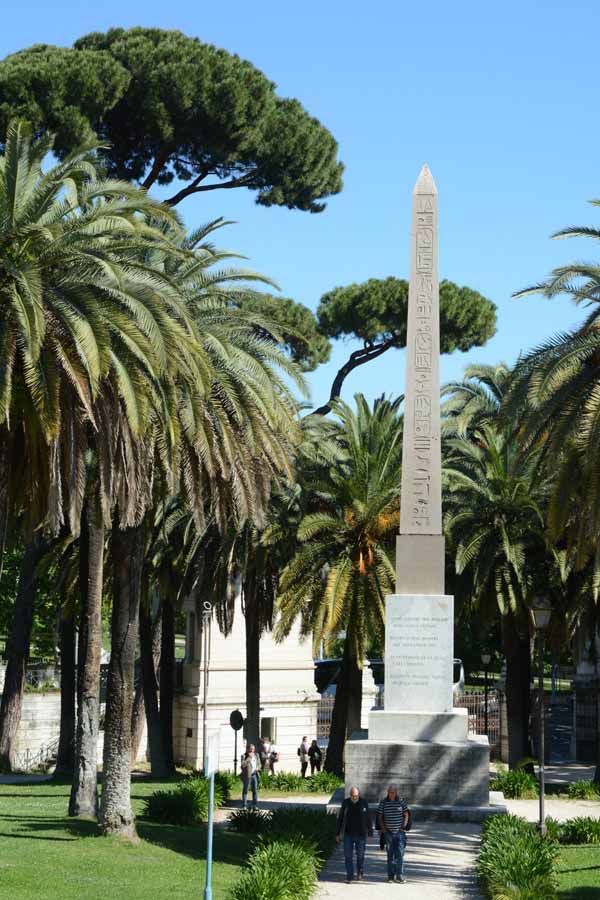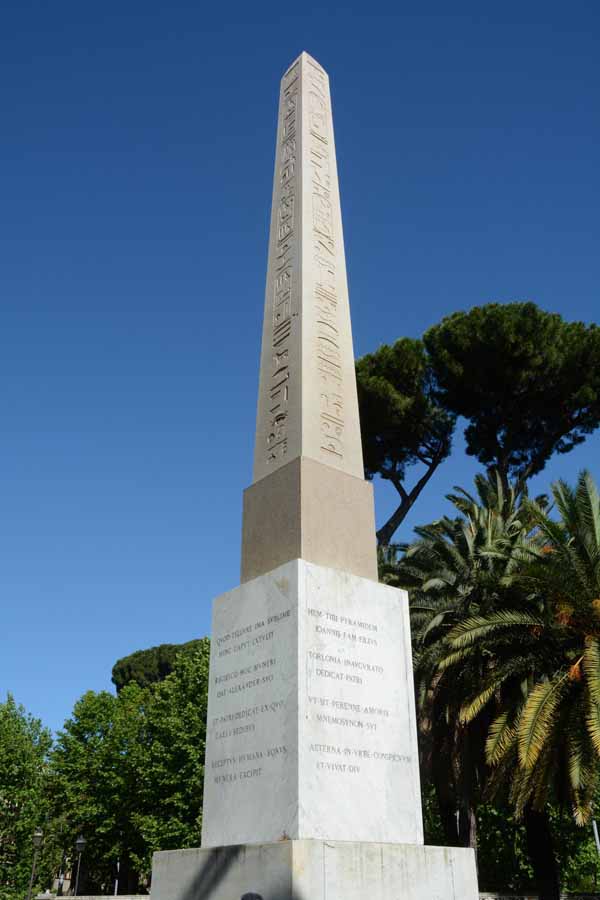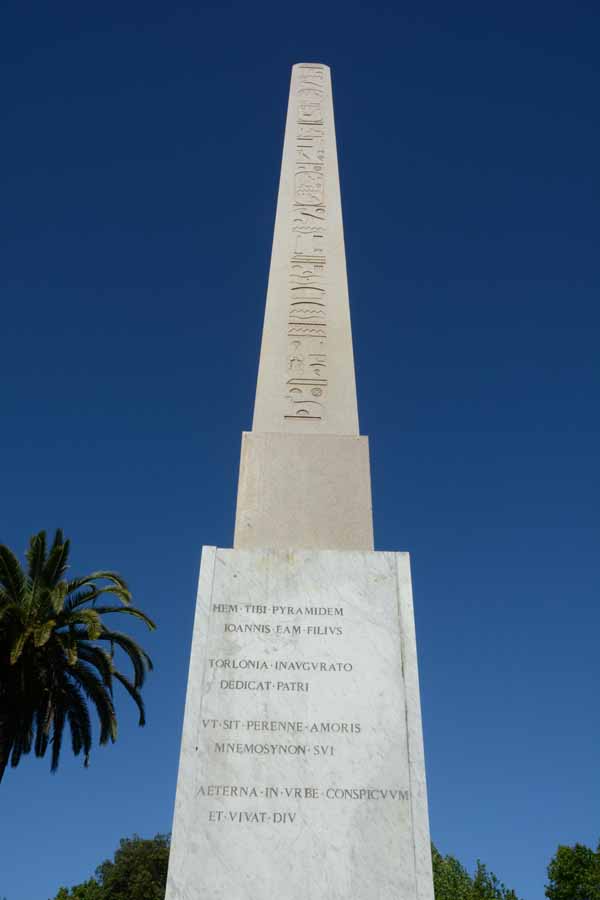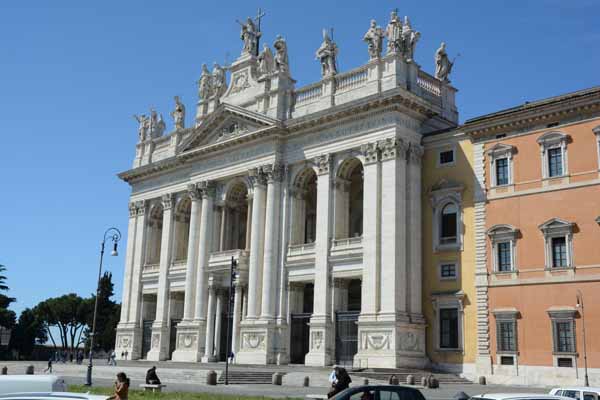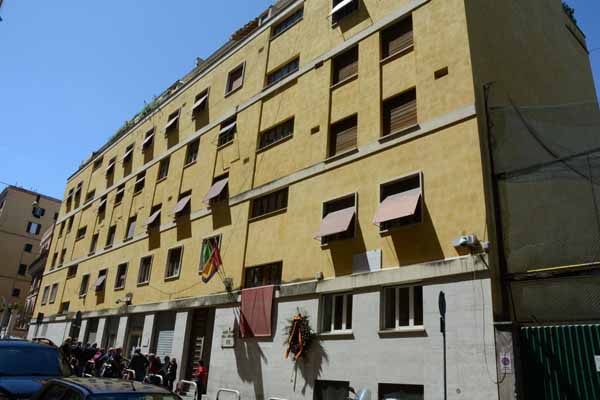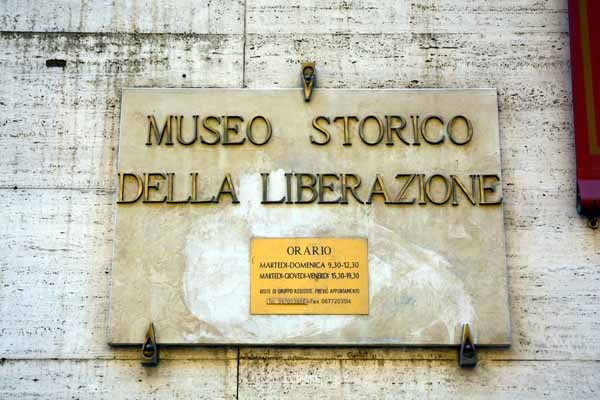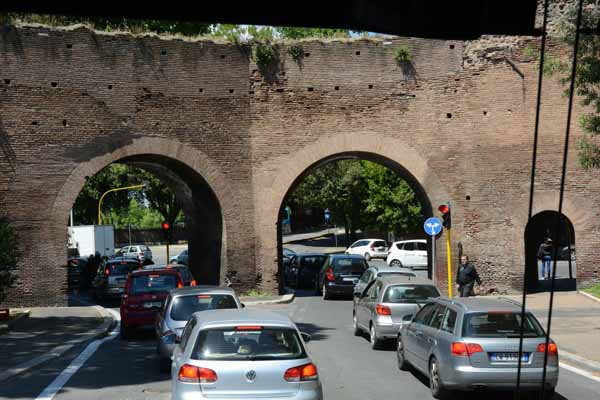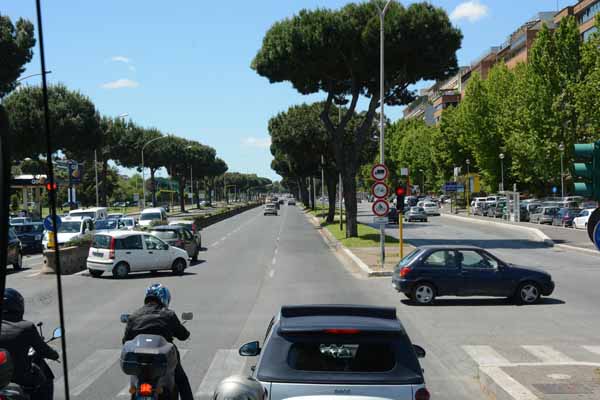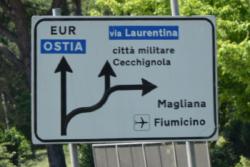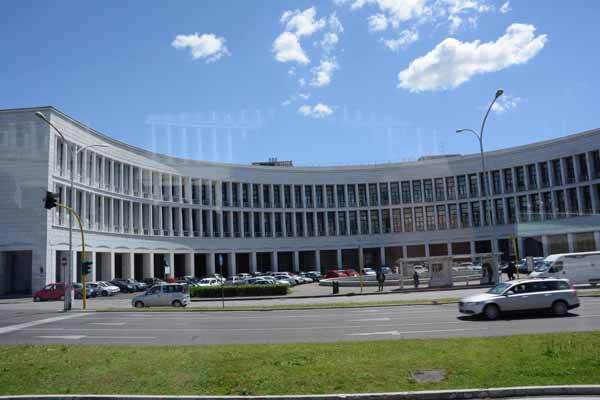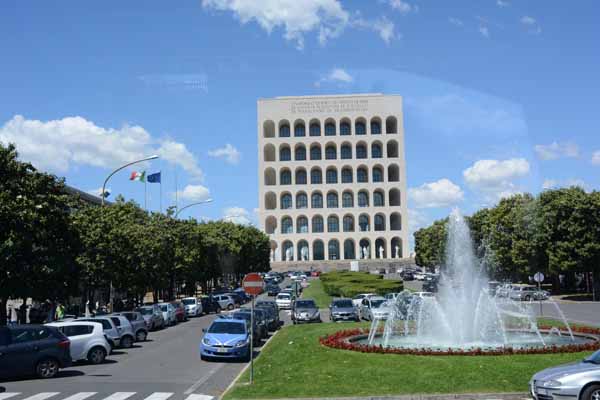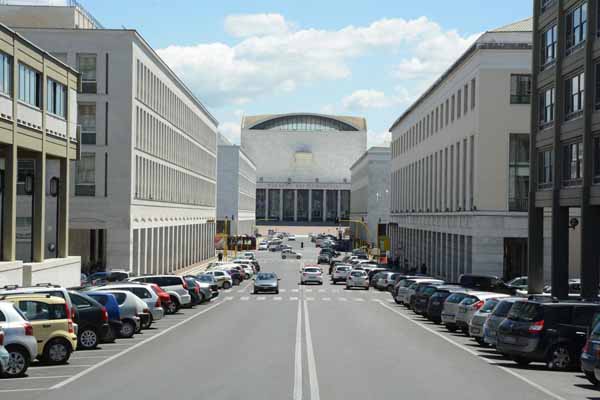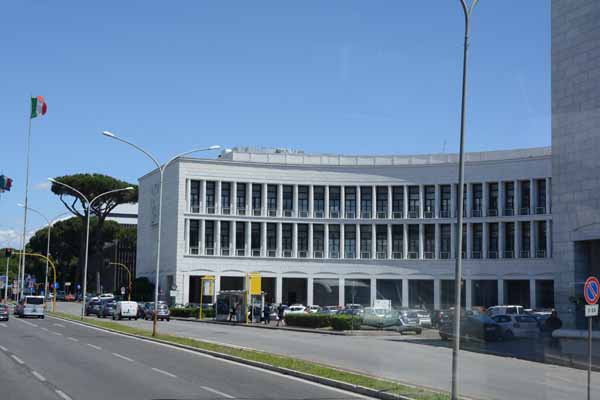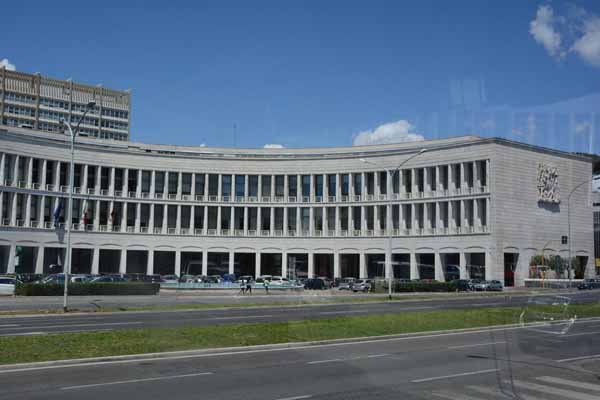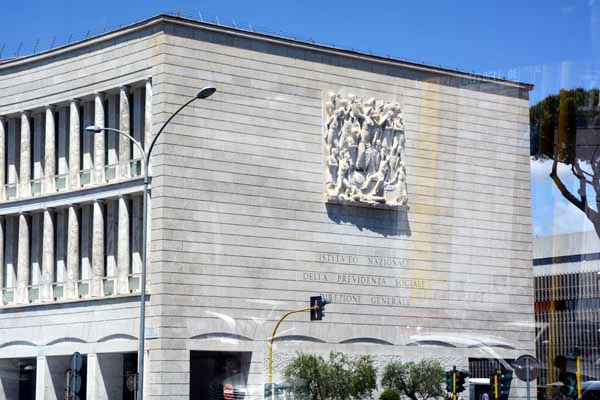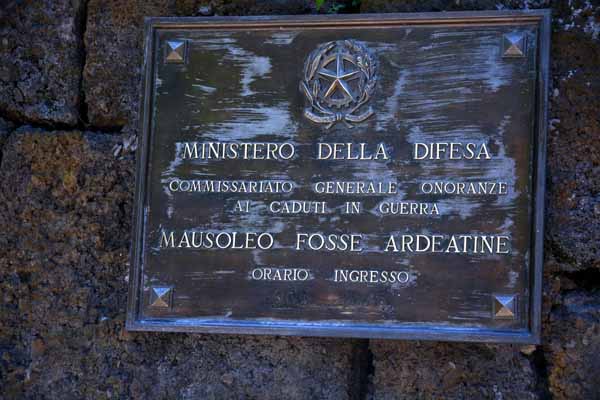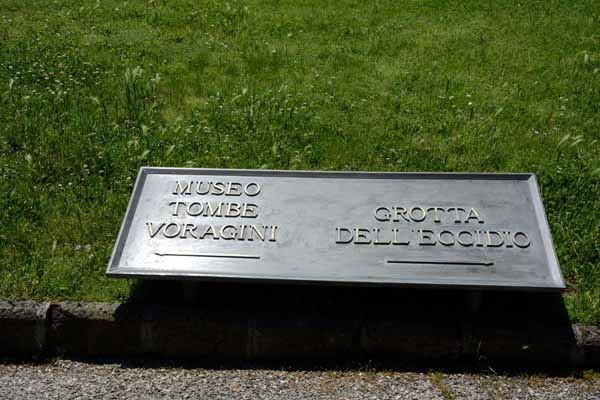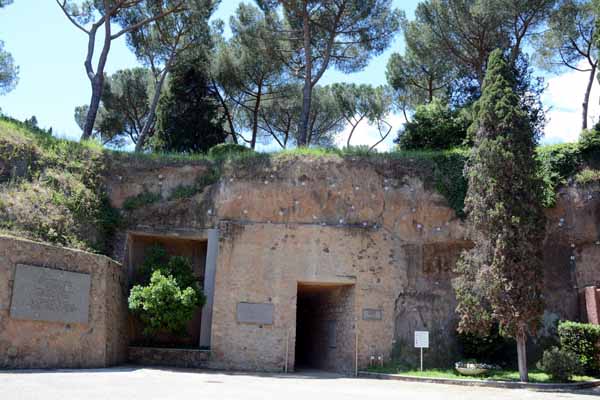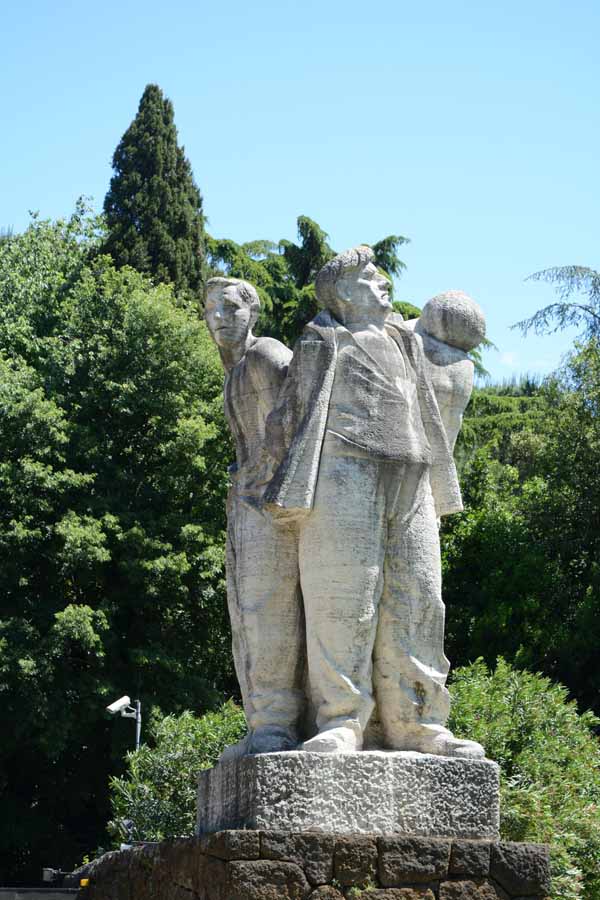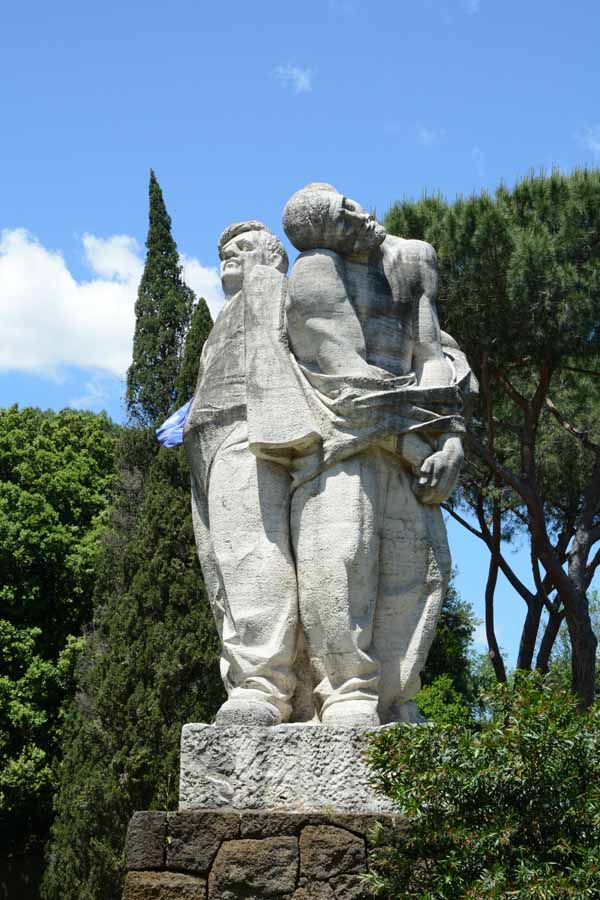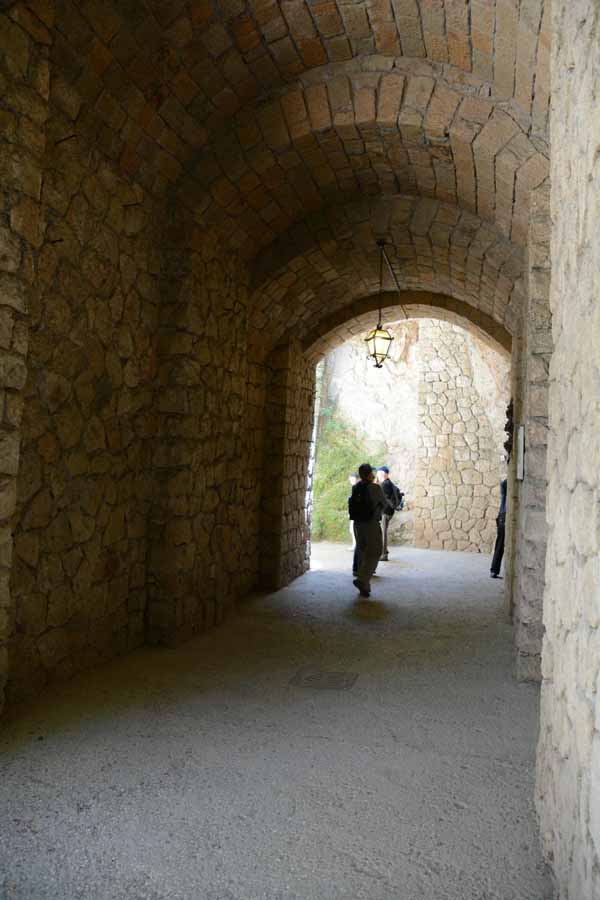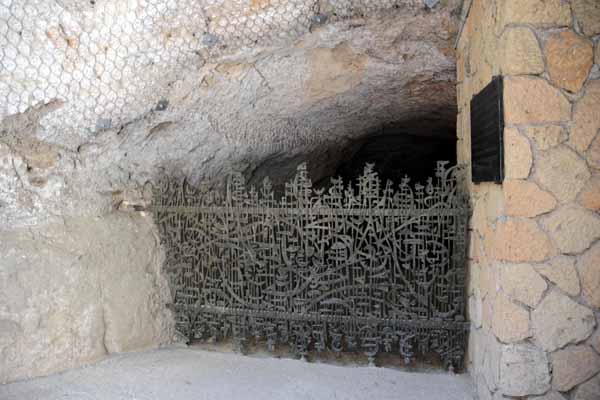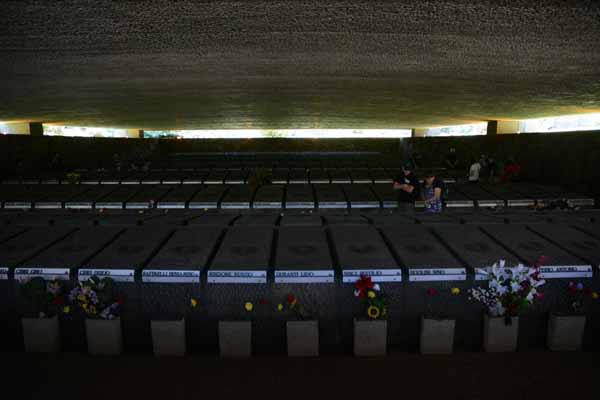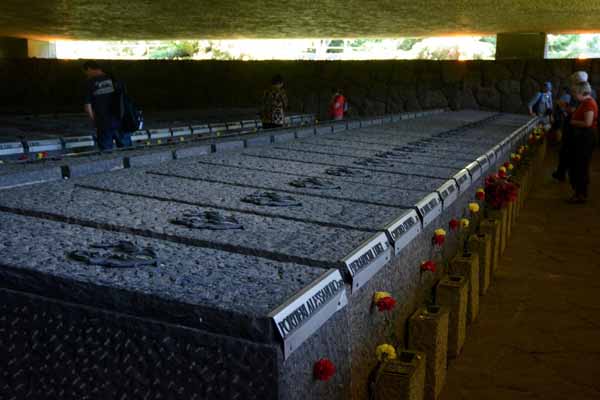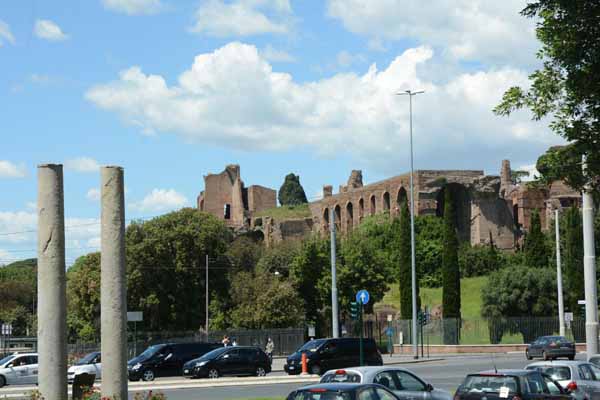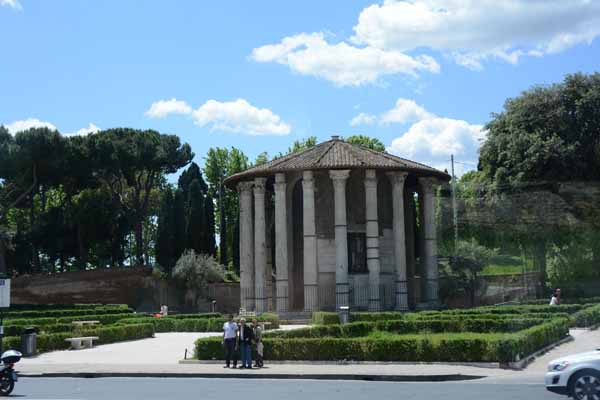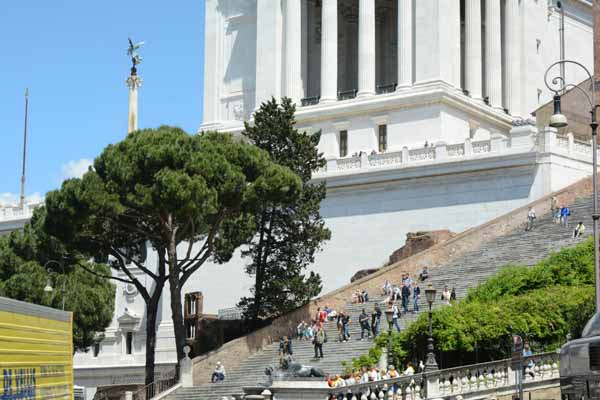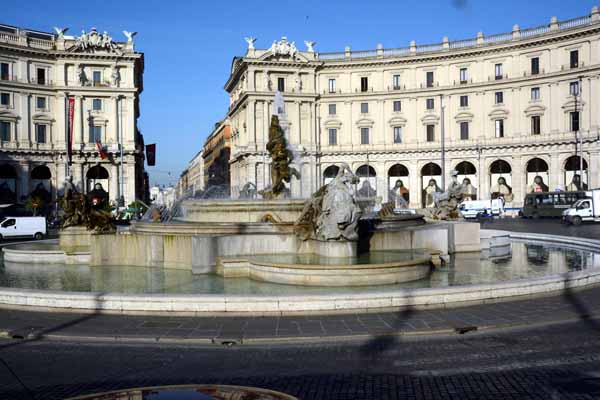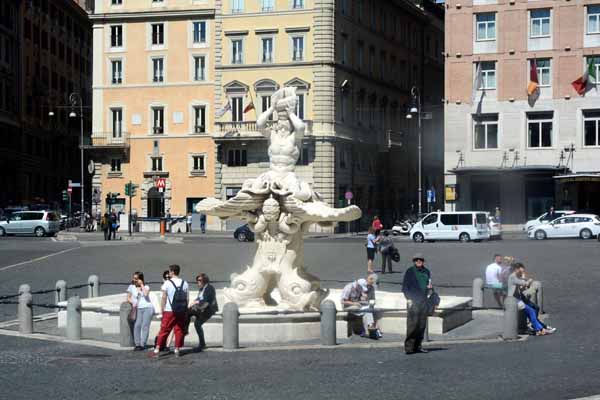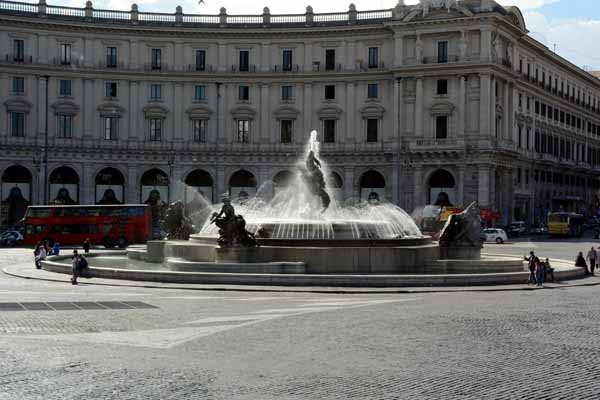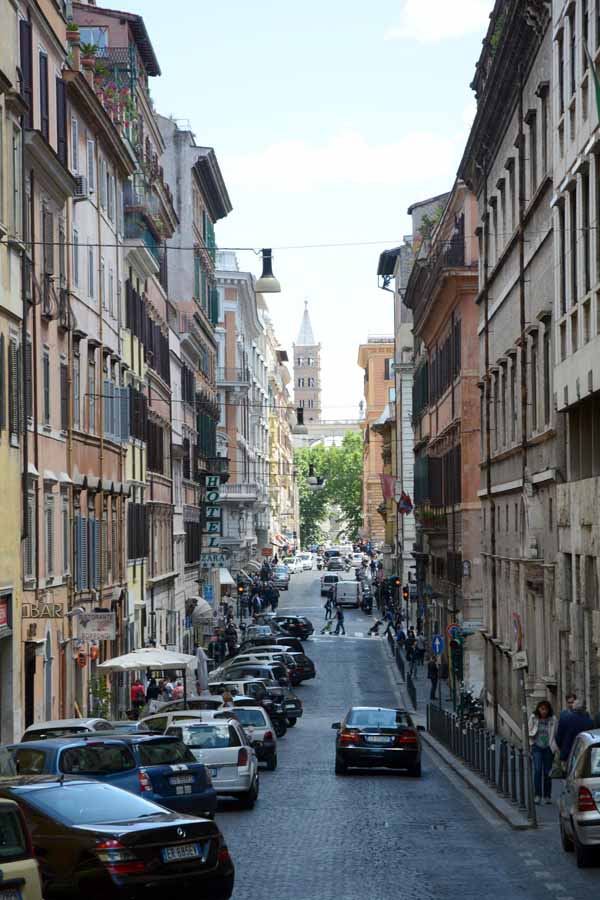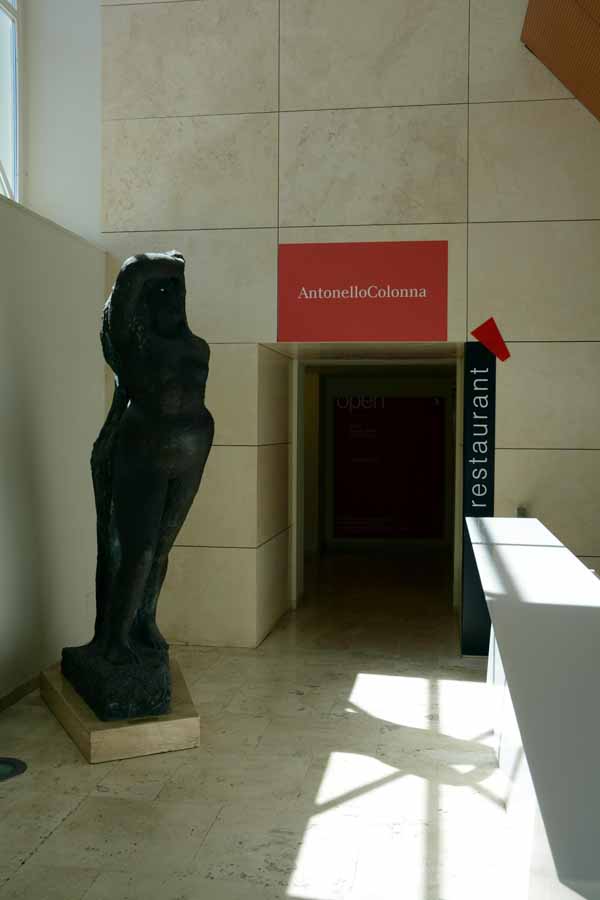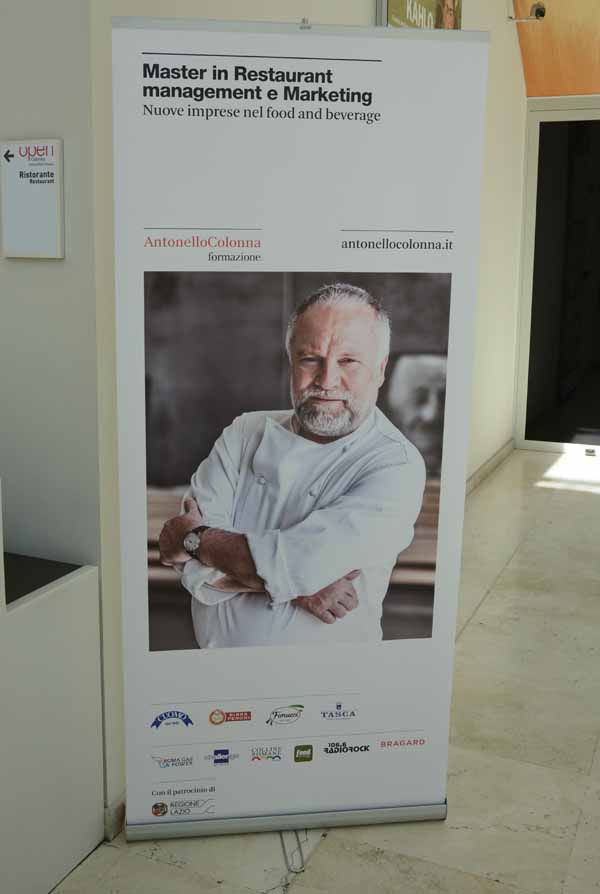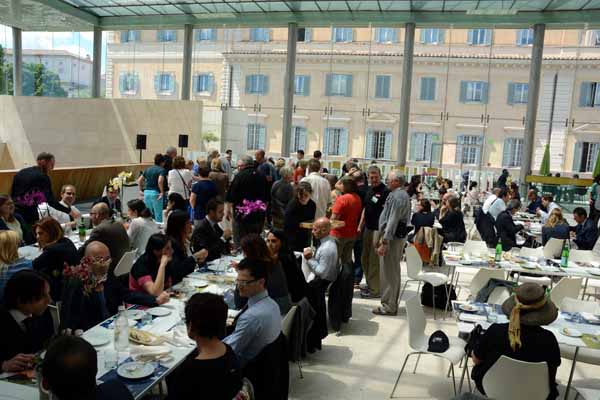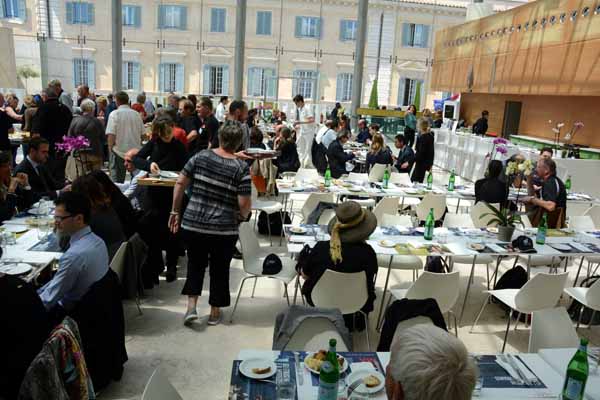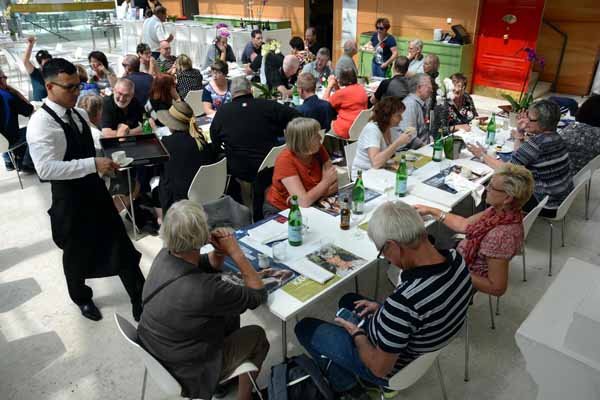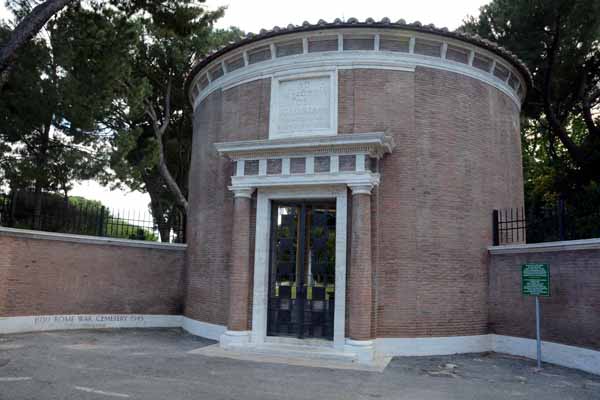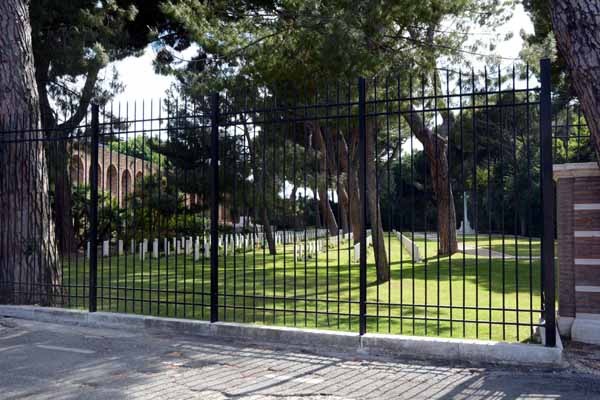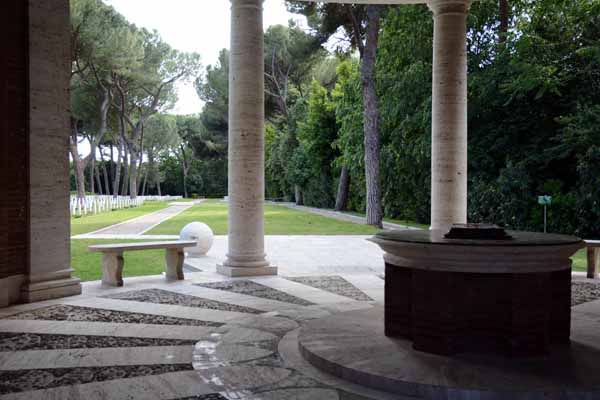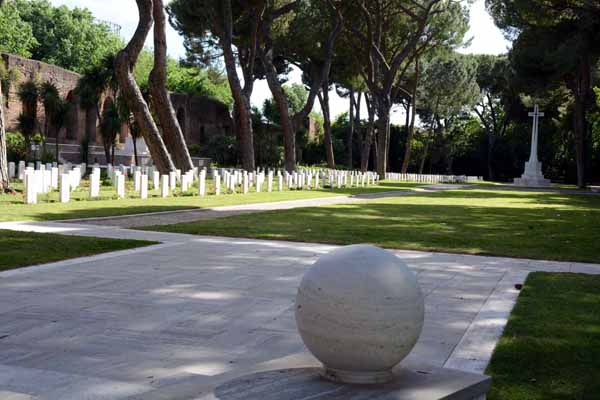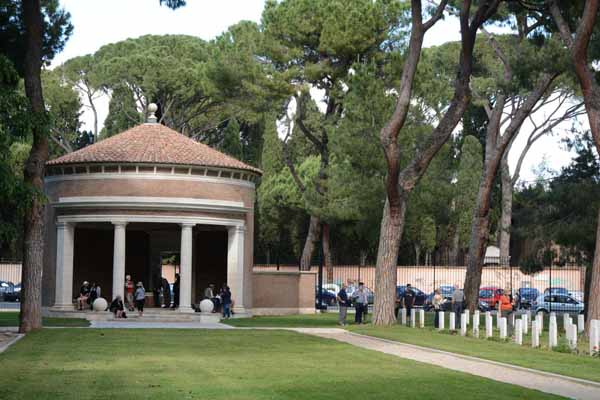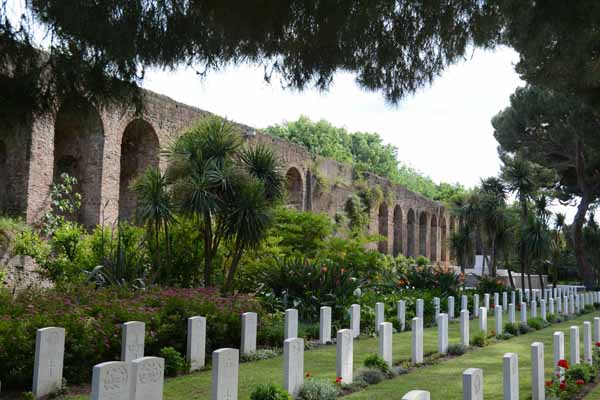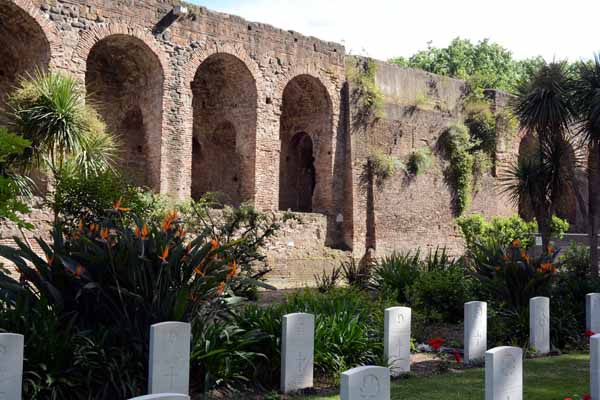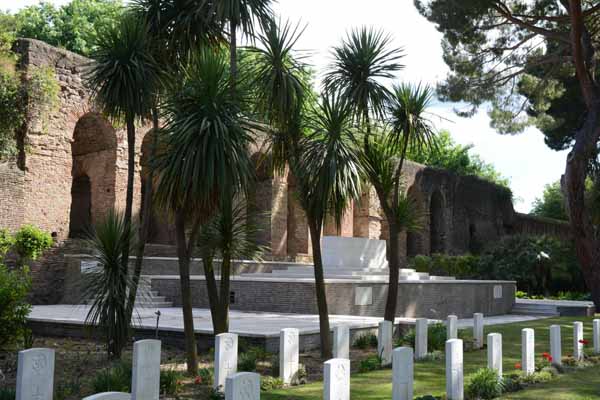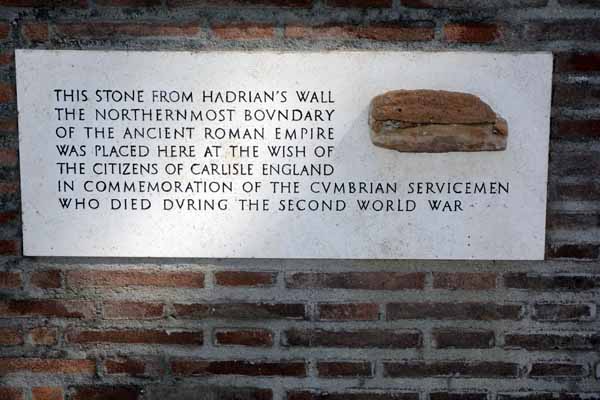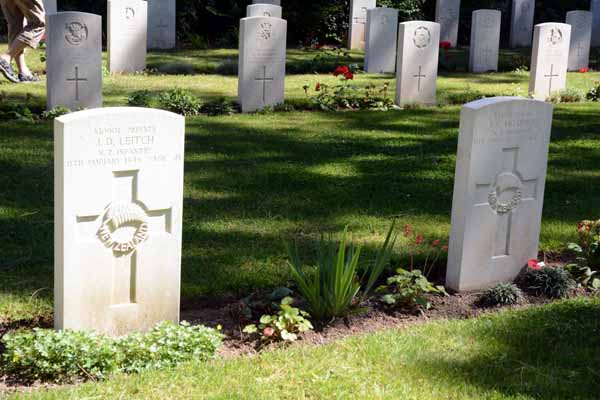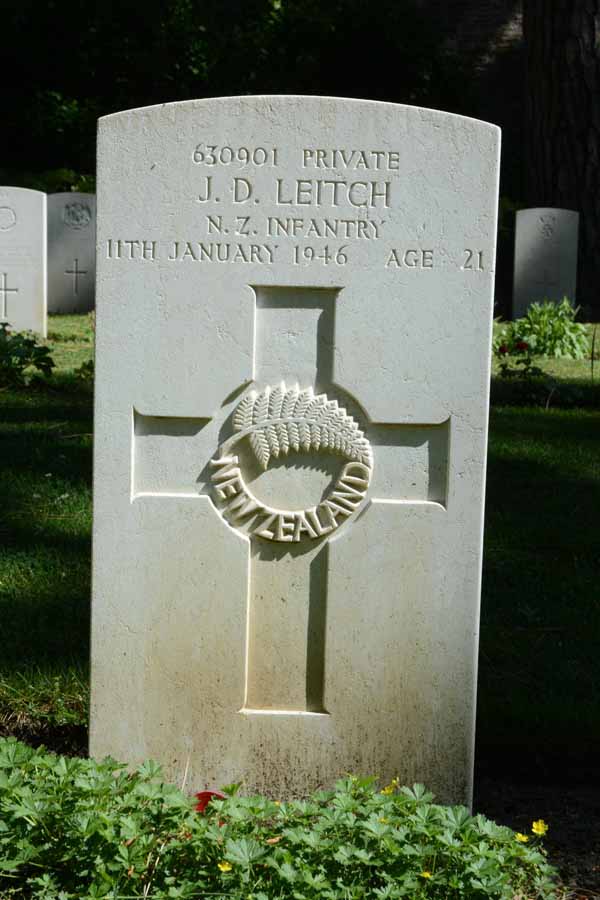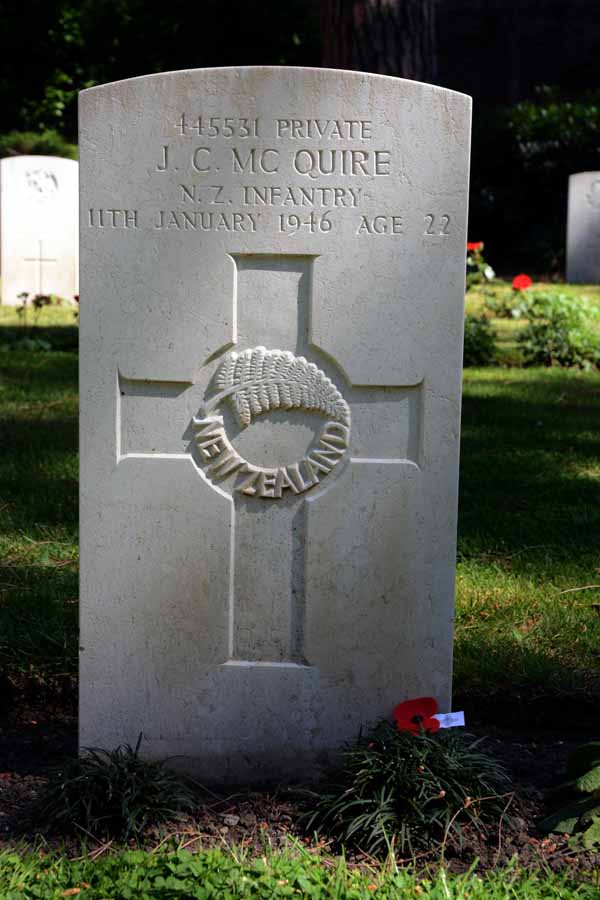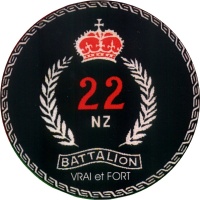
22nd Battalion 2NZEF
"Vrai et Fort"
Cassino Commemoration 2014 - 70 years on
The next generation returns
Douglas Froggatt and the few remaining men of
the 22nd Battalion
were determined to return, yet again, to Cassino in 2014 for the 70th
commemorations. This would have been his fourth time in the town, 1944,
1994 and 2004 being his previous visits. But the fragments of German
steel that had laid dormant in his legs for all that time awoke and the
bacteria from 1944 (not affected by 21st Century
antibiotics) took
their toll.
So it fell to the next generation to polish up
the medals and
make the journey to Cassino. I was not alone, there were many others
who had a similar mission. Around 60 people joined two organised tours
and many others found their own way there. The 28th (Maori)
Battalion was also well represented. The tour I joined was run by
Greg Osborne from Tempo Travel. Greg and his military advisor (Mark
Wilson) put on a great trip.
The visit was described as a "pilgrimage" and in
many ways it was, within
the context of the broad definition of "A
pilgrimage is a journey or search made for exalted or sentimental
reasons, typically to a shrine or other location of importance to a
person's beliefs".
The 22nd Battalion was again
represented.
This time by two veterans, Mauri Gordon and Malcolm Waller, and two
descendents - Paul Froggatt and Howard Boseley. This is my personal
diary of the 70th Commemoration of the
Battles for Cassino. It draws on my experiences on the trip, my photos
and the shared knowledge of all those who accompanied me.
It also reflects my father's experiences of Cassino, in the battle of
March 1944 and his own pilgrimages back in 1994 and 2004.
Our Itinerary
| Day |
Date |
Event |
| Day 1 |
Wednesday 14 May 2014 |
Mussolini's Rome: his residence, Nazi locations, the
Massacre at the Ardeantine Caves, followed by a visit to the Rome
Commonwealth War Cemetery. |
| Day 2 |
Thursday 15 May 2014 |
From Rome to Ortona: crossing the Apennines to visit
the Sangro River Cemetery and the Canadian Moro River Cemetery. |
| Day 3 |
Friday 16 May 2014 |
The battles for Castelfranto and Orsogna, then back
across the Apennines towards Cassino, stopping at the French Cemetery
at Venafro, a few km out of Cassino. |
| Day 4 |
Saturday 17 May 2014 |
We drove out to the Commonwealth Cemetery at Minturno
to look for pohutukawa trees, then back through Cassino to San Pietro
Infine where the "Texas Rangers"
fought a costly battle. Then into Cassino for the
opening of the Art Exibition at the Library, then on to the Cassino
Railway Station for the dedication of a plaque for the 70th
Commemoration to add to the plaque for the 60th. |
| Day 5 |
Sunday 18 May 2014 |
An early morning visit to the German War Cemetery to
the north of Cassino, then a visit to the new Gustav Line Museum in
Cassino before reaching the Commonwealth War Cemetery for the New
Zealand Commemoration Service (The Order of Service is here. |
| Day 6 |
Monday 19 May 2014 |
Back to the Commonwealth Cemetery for the British Service
of Remembrance (Order of Service here). After lunch we finally climbed
the hill behind the town to
visit the Abbey of Monte Cassino. |
| Day 7 |
Tuesday 20 May 2014 |
Departed Cassino, visited a stunning war museum at
Piana Della Orme, then on to the Anzio beaches for the American
Cemetery at Nettuno and finally the Commonwealth Cemeteries at Anzio
and Beach Head before returning to Rome. |
Getting to Cassino
We could have flown into Rome or Milan, or several other major
cities in Italy. But we chose the longer route, to fly to London and
then experience the train systems of France, Switzerland and Italy in
order
to make our way south to join the tour in Rome. This gave us a week in
Italy beforehand and the opportunity to become acclimatised to the
weather and the Italian way of doing things... (You can read about that
part of our voyage elsewhere).
Day 1: Mussolini's Rome
We started with a day in Rome, criss-crossing the city in a large tour coach. It gave us a wonderful introduction to the chaos that is Italian roads, but better still, it provided our coach driver with
the opportunity to display his formidable driving skills. Many times he headed bravely (to us) into narrow crowded streets, barrelled along at some incredible speed straight towards the oncoming car, or truck or
bus. And then, magically, a small flick on the wheel and the truck hurtled past just millimetres from the side of our bus. You had to be of brave heart to sit beside the window on the left (driver) side. Several times
I saw people involuntarily ducking so as to miss the oncoming truck or bus.
The tour leader for this day was Dr Danila Bracaglia, an historian who runs war-related tours of Rome and Cassino, see her website.
Villa Torlonia
But with confidence in our driver we first visited Villa
Torlonia, the official residence of Mussolini from 1925 to 1943.
And would you believe it - the day we arrived the local staff
had decided they needed an extra holiday so had gone on strike for the
day. We never did get to see the inside, with its magnificent works of
art, or the underground bunker! So we cut that visit short and moved
on.
Museo Storico Della Liberazione - Historical
Museum of the Liberation of Rome
We next stopped at the Historical
Museum of the Liberation of Rome on Via Tasso. This was once the
headquarters of the SS Kommandantur, where the major
representatives of the Roman Resistance, many of whom lost their lives,
were interrogated, tortured and imprisoned. The museum relates, mostly
by means of graphical
and photographical evidence, the events from September 1943 to June
1944. The building has been kept as a museum, with bricked-up windows
and prison cells still intact. It was a sad reminder of the suffering
of Rome and did not lend itself to photgraphs. On our way to the Museum
we passed the Basilica of St John Lateran, a much more imposing and
satisfying sight.
|
Basilica of St John Lateran |
Museo Storico della Liberazione |
The only indication of the existence of the Museum in this building |
EUR - Esposizione Universale Roma
EUR is a residential and business district in Rome,
Italy located south of the city centre. The area was originally chosen
in the 1930s as the site for the 1942 world fair which Mussolini
planned
to open to celebrate twenty years of Fascism. The EUR was
also designed to direct the expansion of the city towards the
south-west and the sea, and to be a new city centre for Rome.
The planned exhibition never took place due to World War II. The
uncompleted EUR development was severely damaged during the war.
During the 1950s and 1960s the unfinished Fascist-era buildings were
completed, and other new buildings were built in contemporary styles
for use as offices and government buildings, set in large gardens and
parks.
We drove through the EUR for a quick look at the buildings,
however our bus driver was thwarted in one road by a car thoughtfully
parked in the middle, blocking it to all but the smallest
of cars.
|
Passing out through the old city walls towards the "new" EUR |
Wide avenue with umbrella pines leading to EUR |
You might wonder about this "EUR" unless you had local knowledge (Part
of the
Euro perhaps?) |
|
|
"Colosseo Quadrato" (Square Colosseum) |
|
|
|
|
|
Via Rasella and the Massacre at the Ardeatine Caves
On March 23 1944 a group of 10 partisans attacked a heavily
armed column of German SS police, killing 33. In reprisal, 335 local
men and boys were seized off the streets the next day and trucked to
the Ardeatine Caves where they were all executed and buried. The caves
are now a national monument and a Memorial Cemetery.
|
Entrance sign to Mausoleo Fossa Ardeatine |
Museo Tombe (left) and Grotto Dell Eccidio (right)
pp |
Entrance to the caves with rock bolts holding up the limestone |
|
The memorial statue |
The memorial statue - another view |
The reconstucted entrance to the caves |
|
One of the caves |
The mausolea |
The mausolea lit by the narrow shaft of sunlight |
Back into Rome for lunch with a Michelin Star chef
We negotiated our way back into the heart of Rome, drove down
some impossibly narrow street, passed a remarkable number of fountains
and debussed just around the corner from
a roof-top restaurant named AntonelloCollona.
Greg had told us it was worth the money (€30) but only after we had
entered did we discover that this place had a
Michelin Star !!
|
Rome is full of Roman ruins (!)
|
Roman monuments everywhere
|
The Vittorio Emannuelle Building is even larger when you drive past in
a bus.
|
|
Fountains in abundance...
|
some amusing...
|
but none of these were the famous Trevi Fountain.
|
|
Yes, we did drive down here in the bus - easy!
|
The somewhat unpretentious entrance to the restaurant
|
The Michelin Star Chef
|
|
Buffet lunch...
|
was delicious...
|
especially the desserts, and coffee.
|
Commonwealth War Cemetery - Rome
After lunch we found our way to the Commonwealth War Cemetery
in Rome. There are 422 burials, of which only 10 are New Zealanders.
There are two men from the 22 Battalion buried here - James
Douglas LEITCH and John Carter
MCQUIRE. Both died on 11 January 1946
while on final leave in Rome before the Battalion embarked for Japan.
The pair were killed in a vehicle crash in central Rome, as noted in
the Battalion's
unpublished diary.
|
The entrance to the Rome Cemetery. The gate is kept locked, but the
combination is available on the cwgc.org website (it is 1221)
|
Looking through the fence to the cemetery.
|
From the entrance.
|
|
Looking across the cemetery to the Cross...
|
and the reverse view of the entrance.
|
The cemetery is just outside the wall of the old Rome..
|
|
More of the wall and feature planting.
|
The Stone against the old wall.
|
A piece of Hadrian's Wall set into the base of the Stone.
|
|
Leitch and McQuire, the two 22 Battalion men killed in a vehicle crash
on 11 January 1946
|
J.D LEITCH
|
J.C. MCQUIRE
|
Rome
The eternal city.
Beside its wall,
Sheltered by umbrella pines,
Quiet, tranquil,
Stand the headstones
Of our Commonwealth boys.
A Kiwi ! 19.
So young.
I reach down and grasp his stone -
He leaps up and embraces me
At last !
Someone from home.
My tears fall like rain,
Uncontrollable,
For a young life given
So far from home.
In Rome
The eternal city
Where our grief remains,
Eternal.
Anon.
Rome, May 2014
|
Return to top of page
 Forward to next day
Forward to next day
Return to main page
Last updated: 30 January 2023

